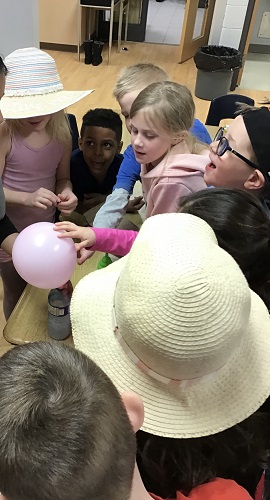We conducted a fun and educational science experiment with the School-age 2 children using simple materials like baking soda, vinegar, plastic bottles and balloons. As soon as the children saw the materials, they were full of curiosity and eager to learn what was about to happen. I explained the experiment briefly and asked them to observe closely. The first step was to pour some baking soda into the balloons and vinegar into the plastic bottles. Before moving forward, I asked the children, “What do you think will happen?”, “Is it gonna pop?”, Henri said. “Maybe it will make some sounds.” Eli excitedly stated, “I wanna see what happens!” This sparked even more curiosity among the group. Next, with the children’s help, we carefully attached the balloons to the mouths of the bottles, making sure the baking soda stayed inside the balloon. As we tipped the balloon, the baking soda fell into the vinegar in the bottle, triggering a fizzing reaction. Instantly, the balloon began to inflate, adding to the excitement of the children. “WWOOHHHH!” they said. Their questions flooded in: “How did it do that?” “That was fun!” “Did you see the balloon blowing up?” I took the opportunity to explain the science behind the reaction. When baking soda (a base) mixes with vinegar (an acid), a chemical reaction occurs, producing carbon dioxide gas. Since the gas had nowhere to escape in the bottle, it inflated the balloon instead. The children sat attentively as I explained the science behind the reaction, absorbing new information. This experiment not only entertained them but also sparked their interest in chemistry and the wonders of scientific exploration. It was a fun, engaging, and informative activity that encouraged both curiosity and learning.












